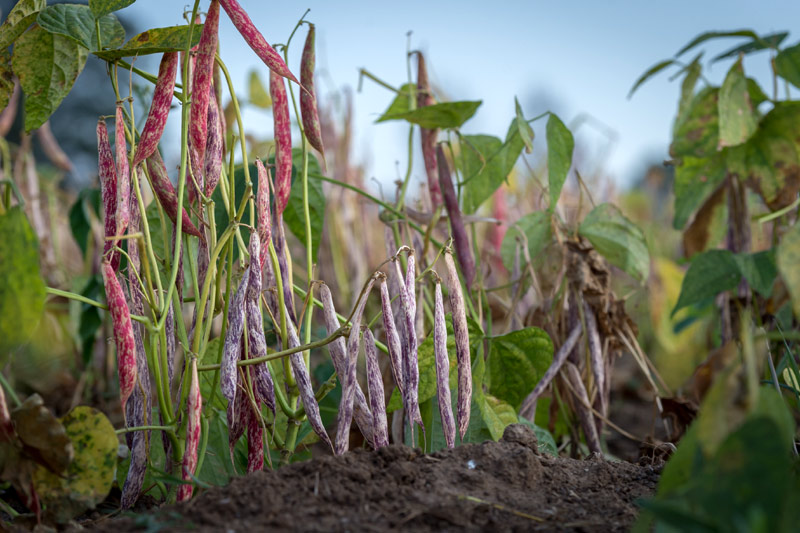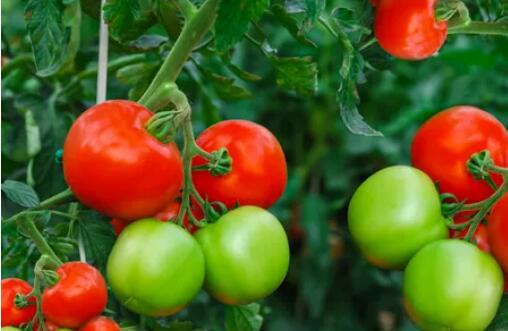
Maintain A Strategic Distance From Post-harvest Losses (Thread)
@farmhutafrica @SyngentaZW @zfu_official @SeedCoGroup @BVChironga @CelinaHatidani @FarmhutBot
@farmhutafrica @SyngentaZW @zfu_official @SeedCoGroup @BVChironga @CelinaHatidani @FarmhutBot

The nature of an organic product or vegetable is never in a way that is better than at the hour of gather it just disintegrates starting thereon, until it, in the end, passes on.
To defeat postharvest misfortunes, cultivators, packers, transporters, and retailers should dominate the test of skill and endurance and utilize severe measures to get the produce from the ranch and to your fork while keeping it as new as could really be expected.
1. Assess maturity
The initial phase in the postharvest taking care of cycle is assessed maturity you need to ensure you pick the yield at the fitting stage, and you need to ensure the pickers are prepared on assessing development.
The initial phase in the postharvest taking care of cycle is assessed maturity you need to ensure you pick the yield at the fitting stage, and you need to ensure the pickers are prepared on assessing development.
2. Check your water quality
Check your water source, and make sure that it’s excellent quality before use. Be sure to evaluate the water quality frequently, using test strips to evaluate chlorine content.
Check your water source, and make sure that it’s excellent quality before use. Be sure to evaluate the water quality frequently, using test strips to evaluate chlorine content.
If you have a tank you’re using to dunk the produce in, be sure to check the water and change it frequently. As time goes on and more produce is comes in from the field, the water can become contaminated and spread to the other fruit.
To sanitize, use sodium hydrochloride, bleach, hydrogen peroxide, peroxyacetic acid, or ozone.
All of these can be used for either conventional or organic crops. This way you are making sure you are not transferring the pathogen from one fruit to the other.
All of these can be used for either conventional or organic crops. This way you are making sure you are not transferring the pathogen from one fruit to the other.
You need to effectively kill them and make sure that any lesions do not allow for the pathogens to enter. The packinghouse manager should know after how many loads the water should be changed. If there is a bad quality load, you’ll need to change the water immediately after that.
3. Check your water temperature
Ensure water isn't excessively cold. At the point when the product comes from the field, it can vacuum cooler water in from the cutting point and cause inward harm.
Ensure water isn't excessively cold. At the point when the product comes from the field, it can vacuum cooler water in from the cutting point and cause inward harm.
For instance, in certain organic products utilizing colder water will cause the disguise of delicate decay microorganisms into the natural product stem scar and subtending tissue.
As the natural product cools and tissues contract, a vacuum is made, causing water and any possibly pathogenic organic entities suspended in the water to be brought into miniature injuries, pores, or other normal openings in the natural product.
4. Keep your produce cool
Harvest in the morning when it is cool, and be sure to keep fruit out of direct sunlight. After it’s been harvested, move the product to the processing facility as soon as possible, and move the fruit into a cooler quickly after processing.
Harvest in the morning when it is cool, and be sure to keep fruit out of direct sunlight. After it’s been harvested, move the product to the processing facility as soon as possible, and move the fruit into a cooler quickly after processing.
Procedures to increase the rate of cooling include forced air cooling (within the storage room), hydro cooling, and icing (which is not always recommended).
5. Avoid injury
When you have cuts or cracks in the fruit, it creates entry points for microorganisms. To avoid this, make sure that knives are sharp, and that your crew is trained properly. The knives must not only be sharp, but they should be clean.
When you have cuts or cracks in the fruit, it creates entry points for microorganisms. To avoid this, make sure that knives are sharp, and that your crew is trained properly. The knives must not only be sharp, but they should be clean.
When transporting from the field to the packinghouse, make sure you don’t overload the truck, because the fruit at the bottom can get compressed. Also, make sure to gently load the produce onto trucks. Do not toss or throw produce onto the truck. This will help you avoid bruising
6.Proper Storage
Ensure that the capacity territory is discrete from the preparing zone. Ensure the territory is appropriately purified, and that racks are away from dividers to consider cleaning and air dissemination.
#ThankYou
Ensure that the capacity territory is discrete from the preparing zone. Ensure the territory is appropriately purified, and that racks are away from dividers to consider cleaning and air dissemination.
#ThankYou
• • •
Missing some Tweet in this thread? You can try to
force a refresh







